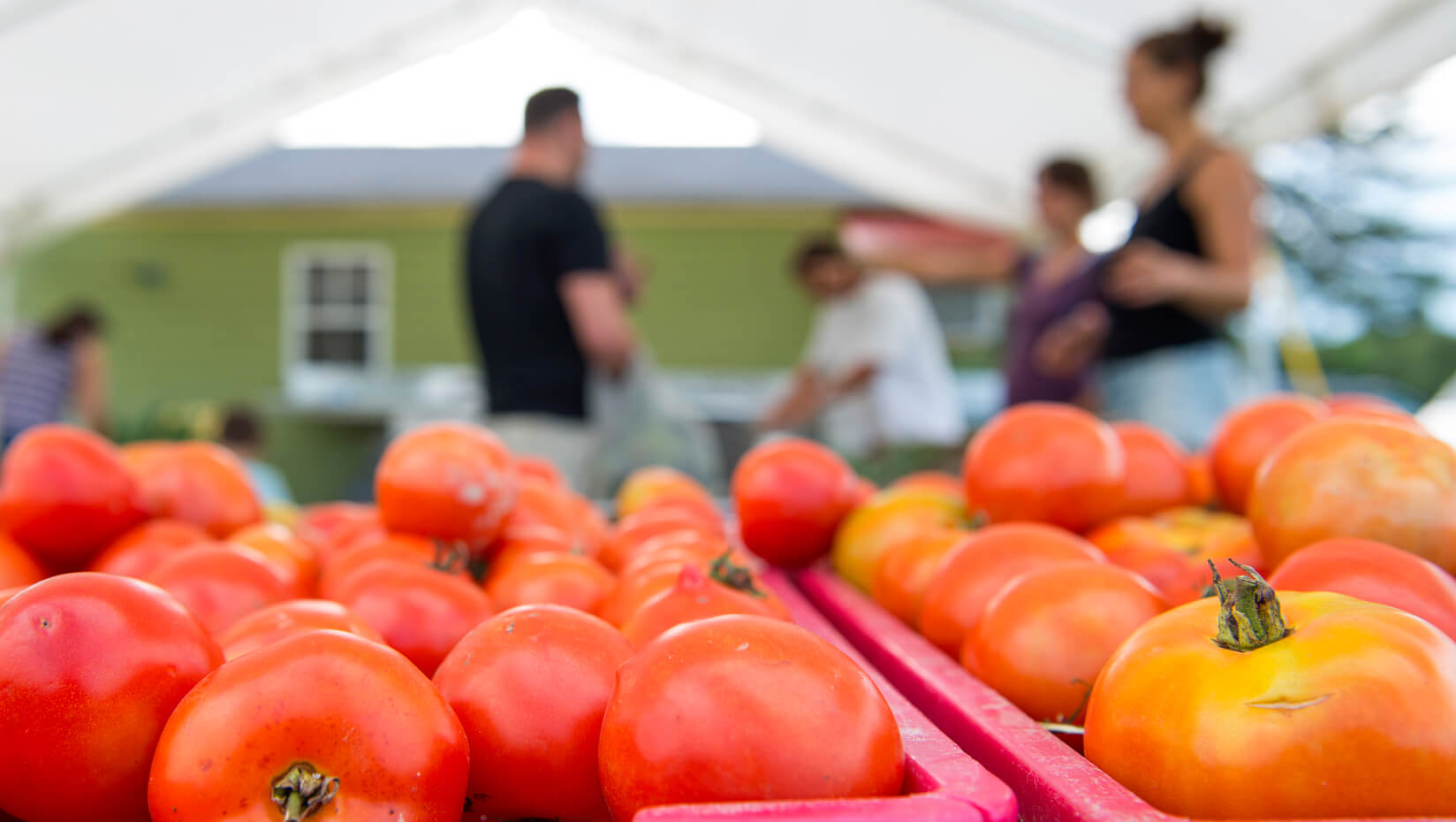
Maine Harvest for Hunger 2015 donations break records
For 15 years, University of Maine Cooperative Extension’s statewide Maine Harvest for Hunger (MHH) program has organized gardeners, farmers, businesses, schools and civic groups to grow, glean, and donate high-quality produce to distribution sites (pantries, shelters, community meals) and directly to neighbors in need, all in an effort to mitigate hunger, improve nutrition and health, and help recipients develop lifelong, positive nutritional habits.
Since the program’s inception, MHH participants have distributed more than 2,197,000 pounds of food to people in Maine experiencing food insecurity. In 2015, record-breaking donations of over 318,000 pounds of food went to 188 distribution sites and directly to individuals. Nearly 500 program volunteers in 14 counties collectively logged more than 5,000 hours, and the value of the produce was over $537,000, based on an average $1.69 per pound.
MHH has improved the efficiency of supplying low-income clients with fresh produce. Through a dialogue between recipients, donors and staff, the MHH team has made significant progress in expanding the number of offerings utilized by recipients, minimizing donation waste and extending the donation season. Shelters that years ago didn’t want produce such as kale are now using our recipes and getting clients to taste test, making them more likely to adopt a healthier diet. Pantries are minimizing waste by networking more regularly to match excess in one site with need in another site, sharing best practices for handling and distributing produce, and processing less marketable produce into nutritious food. To extend the season, donors are offering more storage crops that can be distributed over a longer time period.
“Clients at homeless shelters are very interested in learning to grow their own food and are helping to establish a new four-season garden on the grounds of York County Shelter. The staff is committed to engaging residents to work in the garden, help in the food pantry, and in some cases go out with volunteers to help glean. This is great for their health and morale,” said Kristine Jenkins, executive director of Partners for a Hunger Free York County.
Maine has the highest rate of food insecurity in New England, and ranks 12th in the United States. According to the Good Shepherd Food Bank of Maine website, the USDA estimates that 16.2 percent of Maine households, or more than 208,000 individuals, are food insecure. Twenty-four percent of Maine’s children are food insecure (64,200 children) (Feeding America). Twenty-three percent of seniors experience marginal, low, or very low food security (AARP). Forty-three percent of food-insecure people do not qualify for food stamps or any other government program. It is especially challenging for food insecure individuals to afford high-quality, fresh, nutritious food, and Maine’s emergency food system has seen donations of fresh produce decline significantly in recent years.
Contact: Frank Wertheim, 207.324.2814, frank.wertheim@maine.edu
